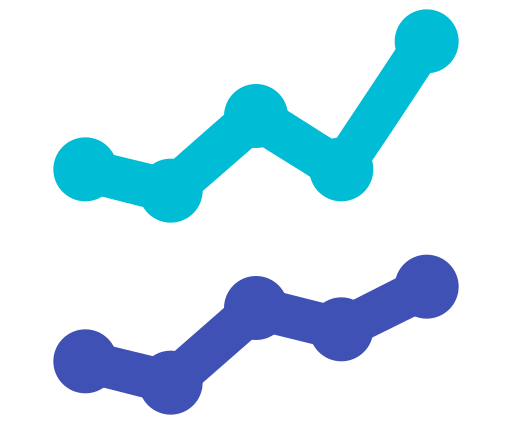Northern Ireland
Electoral politics in Northern Ireland is shaped by the sectarian divide between Unionists (those who favour remaining in the United Kingdom) and Nationalists (those who favour joining a united Ireland). Throughout the period of the Troubles (1968-98) the standard bearer for the Unionist side were the UUP. On the Nationalist side the most popular party was the Social Democratic Labour Party (SDLP). However, during and following the peace process in the 1990’s both were replaced as the leading party in their community. Unionists moved to the DUP and Nationalists to Sinn Féin.
The cross community Alliance party has occasionally been able to capture a seat but MPs from Northern Ireland overwhelmingly come from Nationalist or Unionist parties. In the 1970’s and early 1980’s many small nationalist or unionist parties emerged, won a seat or two, then disappeared. Electoral politics in Northern Ireland becomes clearer from the late 1980’s onwards.
Since that time, the long term trend has been away from Unionist parties towards Nationalist ones. In 1987, Unionist parties won 13 seats to the Nationalists 4, by 2001 this had become 11 to 7 and by 2019 Nationalist MPs outnumbered Unionists by 9 to 8 (with one non-aligned Alliance MP).
For the purpose of government formation at the UK level, Northern Ireland can play a significant part when the governing party has a small (or non existent) majority. This was the case between 2017 and 2019 when the DUP signed a confidence and supply agreement with the Conservatives under Theresa May. More generally, the UUP are allied with the Conservatives and the SDLP with Labour. Sinn Féin do not take their seats in the House of Commons because of their position on a united Ireland. This lowers the number of seats required to have effective majority.
Polling for Northern Ireland is very sparse. This is because of the difficulty of polling a place where the parties that stand do not correspond to either those who contest elections elsewhere in the UK or to those in the Republic of Ireland. Northern Ireland is such a special case that pollsters tend to avoid it. This means we have very little information on which to base projections of future elections.
